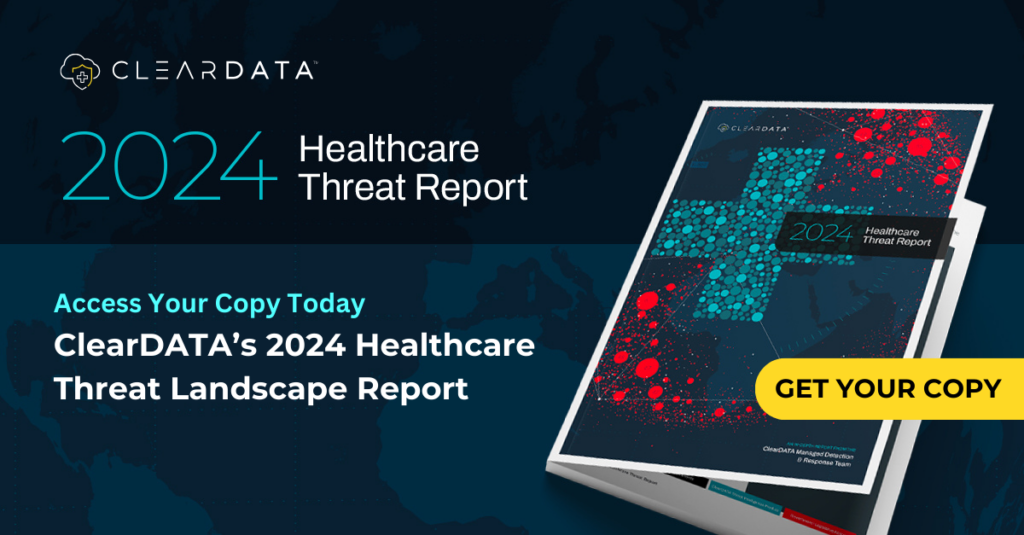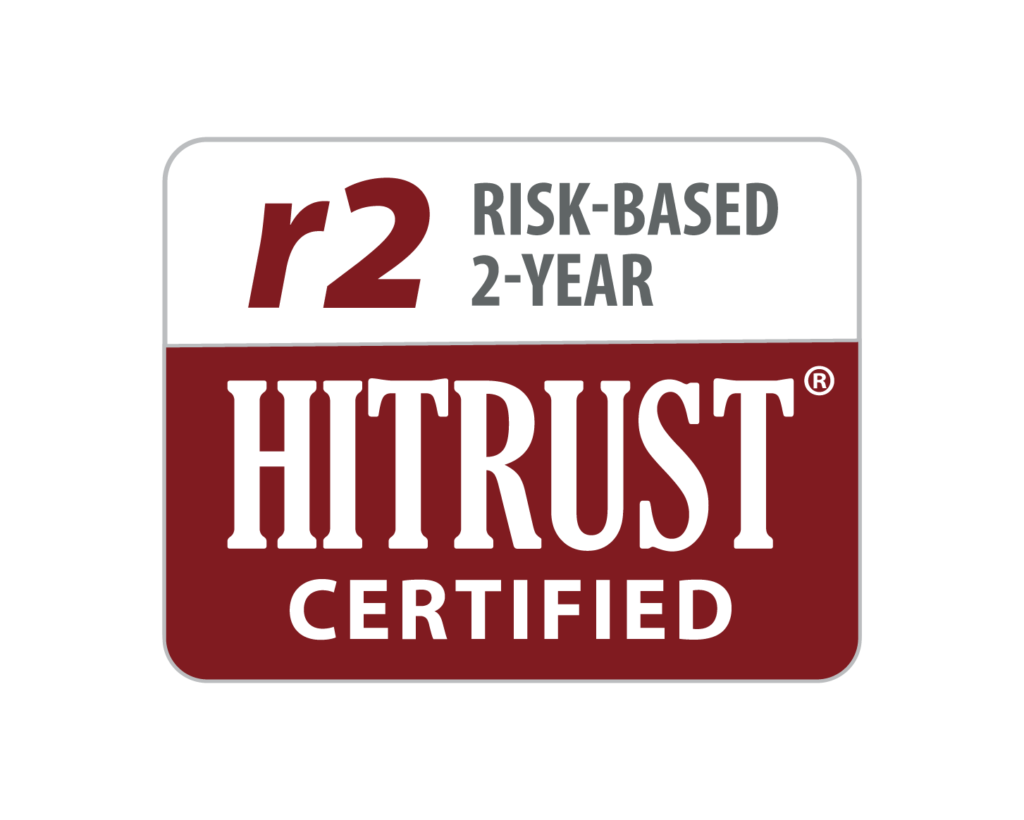If I move to the cloud, what happens to my IT staff?
When the topic of moving to the cloud comes up, one issue quickly becomes the elephant in the room: staff reductions. Does moving to the cloud mean downsizing the IT department?
The answer is – “It depends.”
Do you have a fully staffed IT department or are you understaffed like many others? Seven out of 10 providers said the lack of qualified talent on the market keeps them from having a full IT department.
Does your current staff consist of high performers who are eager to train up and learn new skills? With the advent of public clouds, expertise is required in using new tools developed specifically for managing and securing applications in cloud environments.
What level of service can you expect from your cloud partner? Are you offloading compute and storage only and handling the rest yourself, or will you also seek outside expertise in privacy and security? Is your cloud partner able to provide options and step wise guidance to helping the cloud fit into your technical, business, clinical and risk management needs?
These are crucial considerations when planning a move to the cloud. For now we’ll delve into specifics on which staff roles can adapt or evolve in the event of this move. In part two, we’ll discuss what happens to IT infrastructure.
But first, a brief look at why a migration to the cloud is inevitable for most organizations.
The need for the cloud
Much of our legacy HIT infrastructure is a poor fit for our future of highly data-driven healthcare. The outdated environments lack the agility and scalability required to rapidly aggregate, analyze and secure vast data sets from a boundless number of sources. Meanwhile public cloud platforms such as Azure and Amazon Web Services (AWS) have made the need for a data center full of physical servers practically obsolete – providing on-demand compute and storage with unlimited scalability, with customers paying only for what they use when they use it.
Then there’s the matter of collaboration. With the drive to value-based care, providers, payers and others in the healthcare ecosystem need to work together to improve outcomes and reduce cost. Each participant organization has massive investments in collecting and managing data for their operations. Now we have the need to unite different sources; that is, to facilitate the free exchange and use of data among these entities. Think of entire health systems electronically sharing appropriate information with other health systems, government agencies, health plans, employer groups and others – with ease. That is a must for this new era in healthcare, which a siloed legacy IT infrastructure simply can’t support.
Nor can a legacy infrastructure in one entity’s data center offer a neutral ground to alleviate fears about who controls the data and the project. Here the cloud, if managed by a trusted third party vendor, can be an indispensable “Switzerland.”
Additionally, the Internet of Things (IoT) has fueled an explosion of medical and consumer health devices for remote patient monitoring and other digital health initiatives. As more patients adopt these convenient and even life-saving services, only a HIPAA-compliant cloud environment can reliably scale as needed to capture and secure their PHI as it is transmitted from thousands of different devices – potentially across the globe.
The future for HIT staff
We’ve made the case that healthcare has an exciting future. Can the same be said for health IT workers? The answer is, yes! Even now, these workers continue to be in high demand and healthcare organizations are doing all they can to retain them. But many IT workers, maybe even most, will have to change their mindset. Legacy hardware and architecture people are used to actual physical devices they can touch or at least individually configure. By contrast, a cloud environment is very software-oriented with layers of advanced tools and automation.
Successfully embracing change at an organizational level requires thoughtful planning, a willingness to learn and a commitment to support the IT team through the transition.
One important step is gaining the necessary training and certifications. Even for organizations that work with a managed cloud company, having in-house expertise will enable more efficient and productive conversations with all internal and external stakeholders. IT professionals starting with little or no cloud knowledge may want to brush up on virtualization, the cloud’s precursor. Then, gaining foundational and even advanced certifications on the platform(s) of choice, such as AWS and/or Azure, is strongly recommended. Depending on the training needed, the time commitment can range from as little as a few hours to achieve basic certifications to several months or more. The payoff is that re-trained IT professionals can be leveraged and reassigned to other IT projects.
Indeed, a move to the cloud can at last liberate valuable IT resources and staff to refocus their talents on helping deliver new and exciting innovations for the organization. Hot growth areas include digital health, patient engagement, population health, big data, accountable care, price transparency, and the aforementioned IoT – just to name a few of the emerging trends in healthcare that call for new apps and IT strategies.
Which roles will be impacted?
The reality is healthcare organizations don’t need as many infrastructure specialists to run a cloud environment as they do a traditional IT shop in the data center. This frees up certain IT workers who might welcome the change. For example, a systems administrator tasked completely with overseeing legacy systems may look forward to new and more enriching opportunities to manage different systems in the cloud. The new cloud automation services means the IT worker can more rapidly configure, test, deploy, and refresh environments and applications to address quickly changing clinical and business demands. The infrastructure specialist may migrate ‘upstream’ to more application-oriented functions since within the cloud the lines can blur between infrastructure and applications.
IT security roles will also change, from auditing physical devices, to setting standards and reviewing compliance for PHI and other data managed and safeguarded in a cloud environment. Given the huge volume of security threats and complexity of health systems, healthcare security teams are often overwhelmed. As a result, too often health IT organizations under deliver on comprehensive security controls that could significantly reduce the impact of security incidents and data breaches. This is one key reason why hackers have been so successful in targeting the healthcare industry.
Indeed, an IT environment pieced together out of legacy and leaky infrastructure is a recipe for breaches.
About the Author
Scott Whyte, Advisor and Former Chief Strategy Officer, ClearDATA
Scott is a veteran health IT leader with over 25 years experience serving the nation’s largest providers and payers. At ClearDATA, he is responsible for driving innovation, growth and strategic partnerships. Additionally, he serves on the Board of Directors of the Workgroup for Electronic Data Interchange (WEDI) and actively advises early stage health technology companies and private equity investors on health technology.
Prior to joining ClearDATA, he was an IT Vice President reporting to the CIO at Dignity Health, the fifth largest hospital system in the nation with annual revenue over $11 billion. He oversaw $500+ million in clinical systems budget for over 40 hospitals; his responsibilities included EMRs, Clinical Integration/Accountable Care Organizations, Population Health ARRA, Health Care Reform, Patient Connectivity and Portal Strategies, Imaging, Telemedicine, Workflow and Analytics and Health Information Exchanges (HIEs).
Originally published October 3, 2016 by Health Management Technology.
http://www.healthmgttech.com/move-cloud-happens-staff-infrastructure


